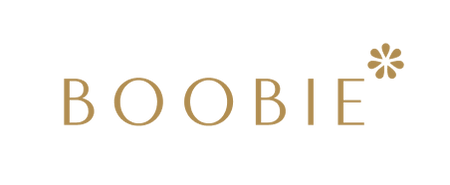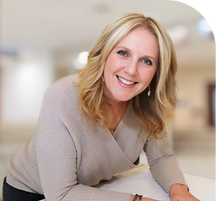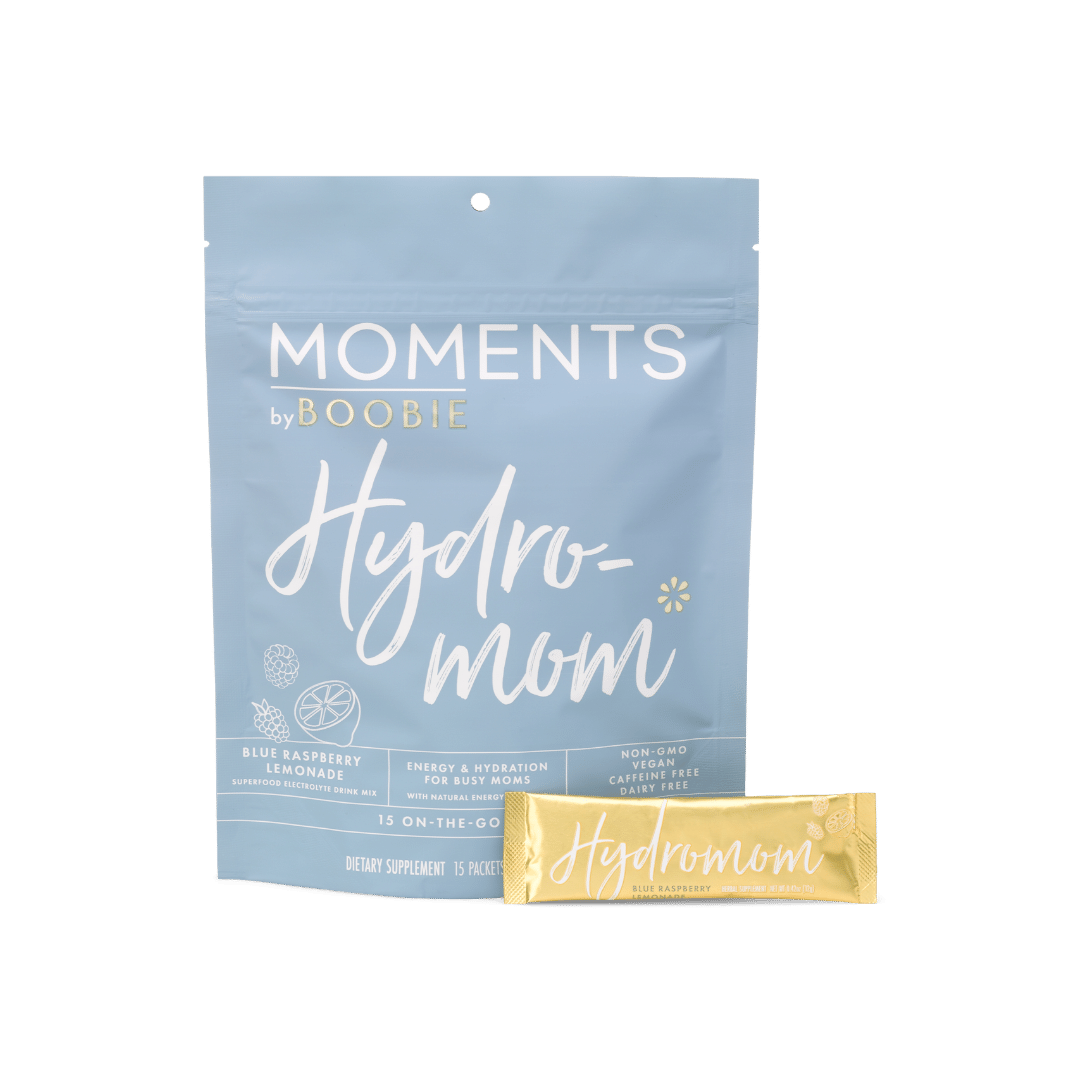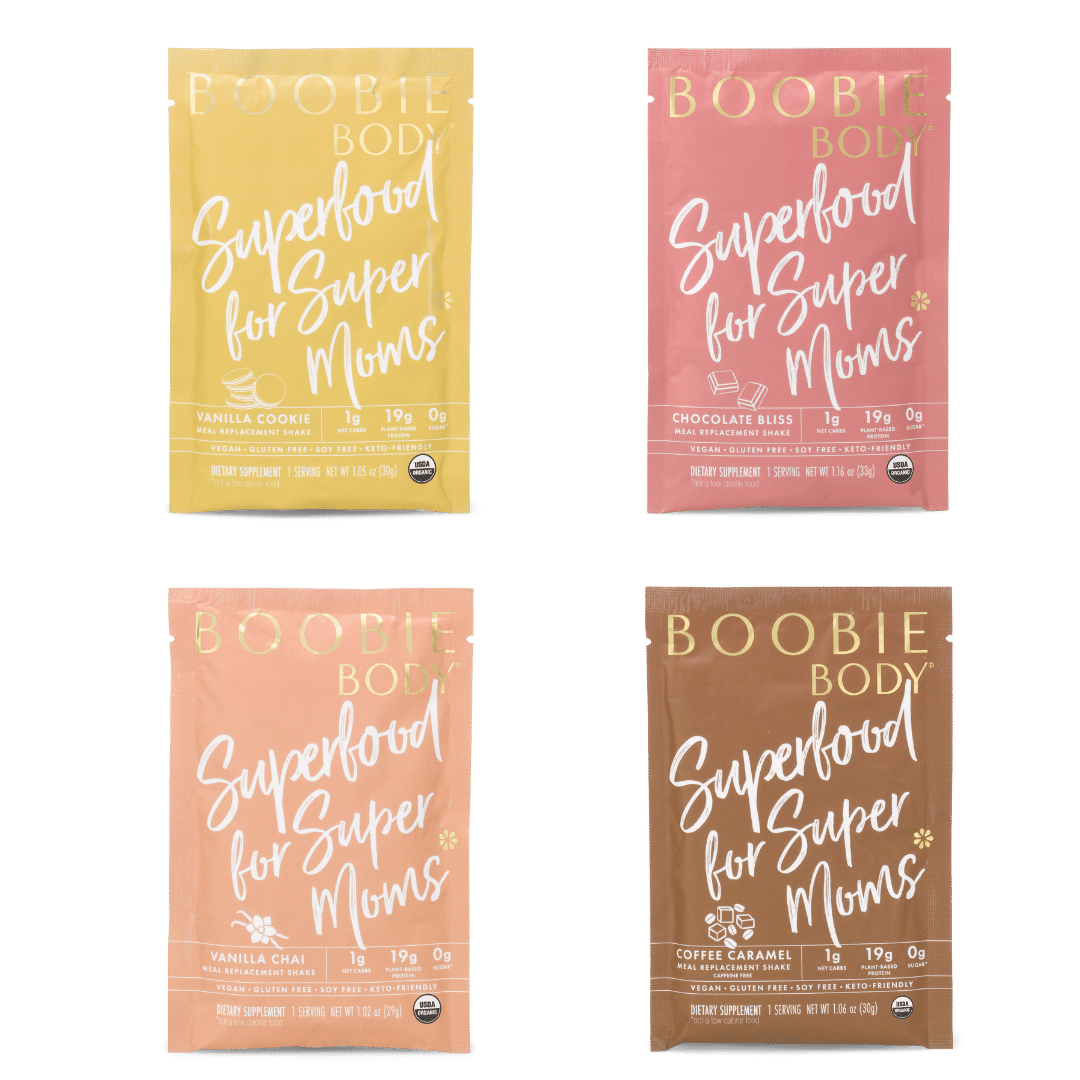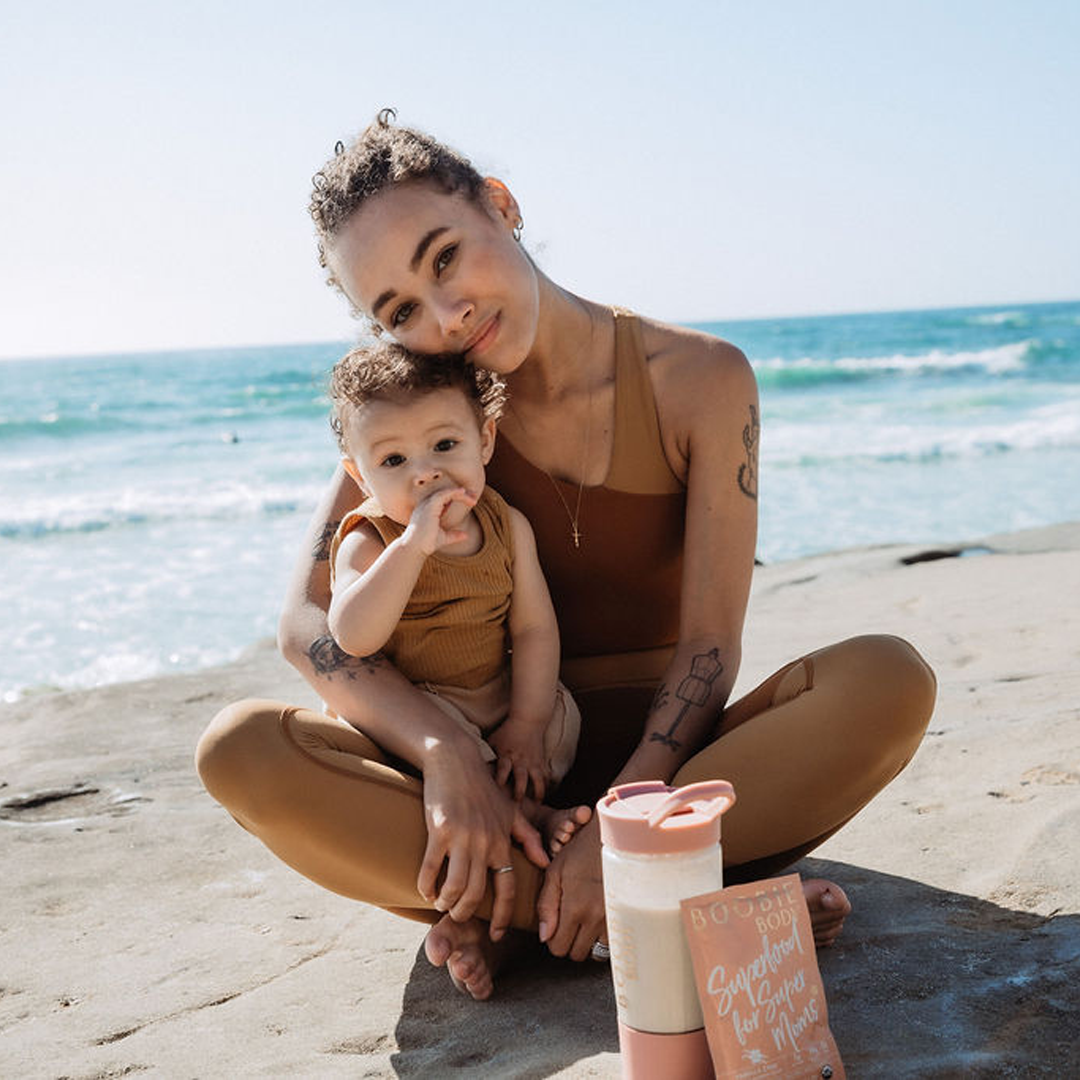By Wendy Colson RN, IBCLC, RLC
Why breastfeeding positioning matters during breastfeeding.
As a lactation consultant, I often say “if it is not broken, we do not have to fix it,” meaning that if you and your baby have found a comfortable position we do not have to change it! The best breastfeeding positions are the ones that you and baby are most comfortable in. Since breastfeeding is something you are doing multiple times a day, it is good to have some different positions in your back pocket to experiment with to maximize your comfort for marathon nursing sessions!
What are the most common breastfeeding positions?
Cross cradle
The cross cradle position is often the most common position I see mothers feed in when they come home with their baby. It is a good position for newborns since it provides a lot of support and can be a great way to practice getting a good latch in the early days of breastfeeding. In this position, using a pillow such as a boppy or my breast friend pillow can help bring the baby closer to your breast and position them on their side with their tummy facing yours. This position also allows you to use your opposite hand to gently press on babies back to achieve a good latch. You will use the hand on the side where the baby is feeding (for example your right hand if the baby is feeding on the right side) to create a “U” shaped hold to help the baby latch deeper on the breast.
Reclining hold
Reclining position is also known as the laid back or biological nursing position. It is one of my favorites to teach as a lactation consultant because it works with baby's instincts so well! Babies can be placed skin to skin in between the breast, this will stimulate babies' reflexes to move towards one breast by bobbing their heads, using their feet to press into your belly and launch themselves onto the breast. You can support the baby in getting a good latch in this position by cradling your arms at your side and using your free hand to help the baby obtain a latch at the breast. It is best to position yourself for comfort in this position by moving your bottom forward so you can recline back into the chair/sofa you are seated on. This position is helpful for women with large breasts as well as for women with an oversupply of breastmilk as the reclining position helps slow down the let-down of milk. This slowed flow of milk also means that it can help a baby who struggles with acid reflux and frequent spit up.
Cradle hold
The cradle hold is the most pictured position you think of when breastfeeding a baby however it is more difficult for small newborns since it does not provide as much support for latching and positioning techniques. To use this position, sit upright and cradle the baby in your arm that you will use to feed them on. Since you are using your arm to support the baby being cradled, you can use your opposite arm to help assist the baby with any difficulty latching. This is a good position as the baby grows since smaller babies need more support to be propped up and closer to the breast. As you get more comfortable with breastfeeding, it can be a very comfortable position.
Football hold
The football hold is often taught in the hospital for mothers who had a cesarean birth and may want to keep the baby off of the incision site. To use this position, the baby will be placed on their back on your side and their body tucks along your side with their feet facing towards the back of the chair or sofa you may be sitting on. It’s helpful to place a pillow or boppy under babies' backs so that they can be placed closer to your breast and achieve a good latch. Placing your hand on the back of the baby's neck will help you bring them towards the breast to latch. This position is also useful for women who have larger breasts.
Side-lying
Moms love this position because it can help provide the restorative rest we all need during the first few months! It is also a great position for those who have had a cesarean birth because the baby will not press on your incision site and useful for those with large breasts as well. To practice this position, lay you and the baby on your sides so that you are tummy to tummy. You will bring the baby close to the breast by drawing them in with your top arm and adjusting them at the breast to achieve a deep latch technique.
There are certainly other position variations that draw off of these positions, however, these are the most common breastfeeding positions that can help make you and baby comfortable.
Other FAQs about breastfeeding positions:
Do I always have to hold my breast while breastfeeding?
In the early few days/weeks of breastfeeding holding your breast can help with shaping the breast to help with a deep latch technique. Babies' ability to latch to the breast also depends on the size of your breast- often women with larger breasts may need to do more holding to help the baby latch on. As a baby grows in size and in mastering the skill of breastfeeding, you will likely find you do not need to hold your breast during feedings.
What is the let-down reflex?
The let-down reflex is the release of milk in the breast. This response is triggered by oxytocin (the love hormone) that is produced when you are feeding your baby! Some women feel their let-down during feedings (it can feel like a tingling sensation inside the breast) and others do not, this does not impact the amount of breastmilk that you have and/or can produce.
Other helpful tips to make feeding more comfortable:
- Nursing pillows such as my breast friend can be helpful for practicing good latch/positioning techniques. The height of the baby to the breast is important to prevent you from hunching over and hurting your back while trying to feed the baby.
- Keep receiving blankets nearby- rolling a blanket can be a good tool to adjust the height of baby's head if needed when feeding or to use under a larger breast that needs to be “propped” up.
- Use plenty of pillows for back and shoulder support during feedings. It can be helpful to have them placed behind your back and shoulders while feeding so that you can relax into them and take tension off of your arms and back once the baby is feeding.
- Keep a “nursing station” stocked with lactation-friendly snacks, a large water bottle, nipple butter, or any other supplies you might need while breastfeeding.
